
Cinematographer Ben Allan ACS shows how a well-designed workflow and his own post-production skills took a feature film to completion with a minimal crew and budget.
|
DP Ben Allan has now made three, small budget feature films with director, writer and producer Gerald Lawson. The latest, ‘McLean’s Money’, was made over a three year period. Ben handled not only the photography but also the edit and the colour grade and produced the DCP. Here, he describes the production and talks about the skills he has gained during his years of experience, and the tools now available to digital filmmakers that have made this project possible. Ben’s and Gerald’s relationship began when Gerald started contacting production companies in his local Newcastle area in preparation for his first project ‘Little Lies’ in 2003. His contact at one company advised that, due to his limited finances, Gerald would do best to work with a cinematographer who was also able to edit the film. A DP’s intimate knowledge of the footage and ability to control the shoot would be huge time-savers and an advantage generally across the production. |
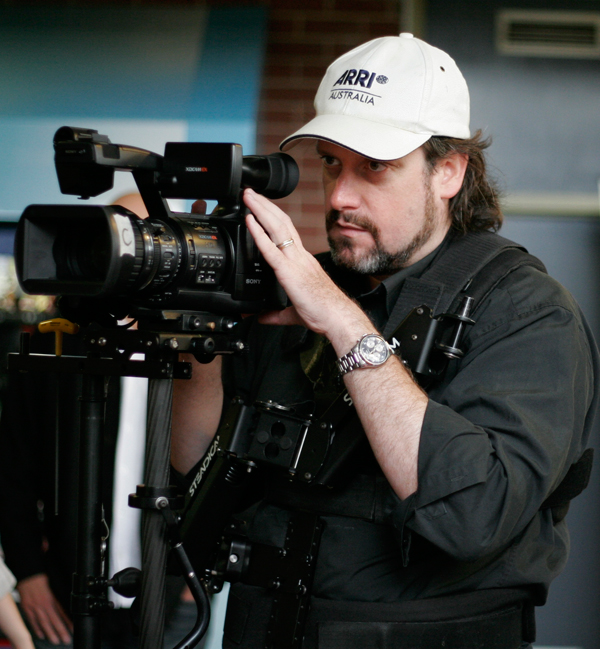 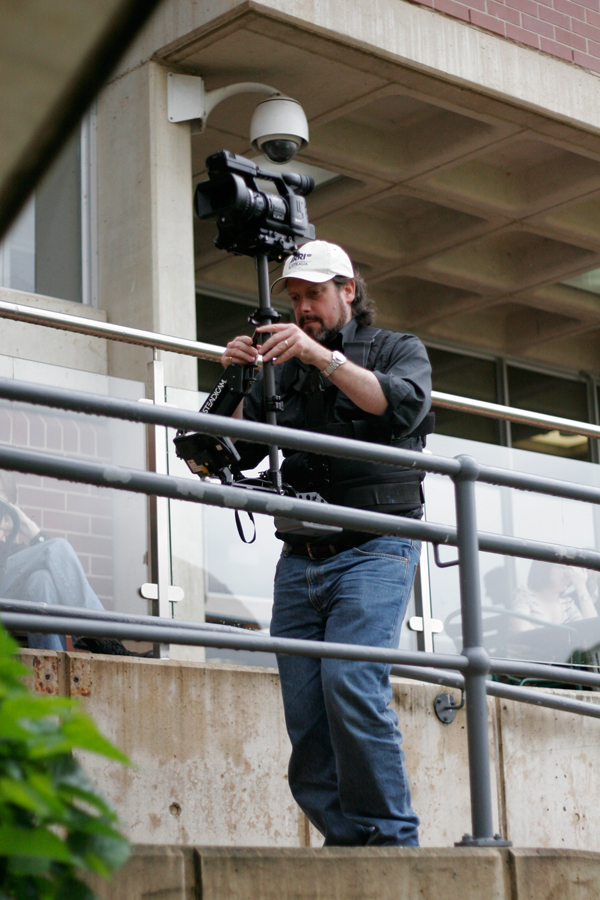 |
|
Because this company had worked with Ben before, they recommended him to Gerald, and from that time their filmmaking relationship has continued and expanded. Since their first project was completed in 2004, Ben notes that the technological changes he and Gerald have witnessed together have been substantial. Ready to Shoot ‘McLean’s Money’ is a contemporary Australian comedy about the members of two contrasting families. They are initially pulled together by tragedy but manage to maintain their sense of humour and learn from their mistakes. “Gerald’s filmmaking style is straightforward and suited this script. We went for an essentially naturalistic look but took advantage of the Steadicam to add some dynamic moves and draw viewers in. Several shots that would traditionally have needed a dolly and grip suddenly became possible for us. There was no local grip up around Newcastle where we were shooting, and organising a crew to travel from Sydney in a truck was well outside our budget,” said Ben. |
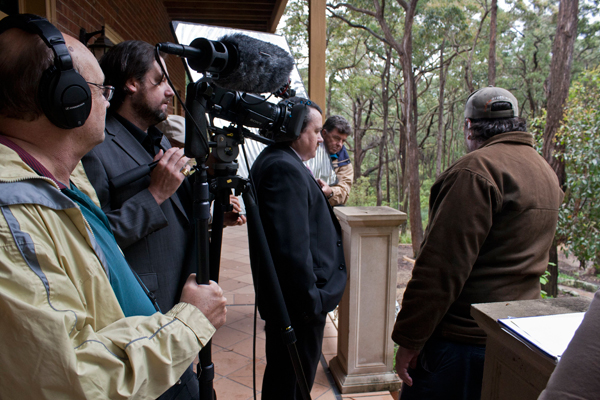 |
|
On every shoot they had the EX1 on the Steadicam ready to go, plus either a second EX1 or EX3 on a tripod. With this kit they could cover any scene the way Gerald wanted, instantly. It also meant they could make decisions quickly. On a production like this, in which locations were chosen and organized on the fly, this flexibility saved them time and money. “For example, while shooting a fairly long sequence, we found ourselves working next to a building site that was causing a lot of problems with sound. When other problems emerged later, we opted to shift locations in the middle. This is one of the virtues of a small scale production with a small crew and light portable gear. You aren’t stuck in a compromised situation,” Ben explained. Sony EX Workflow Initially they recorded to SxS cards until, about a year into production, the higher capacity SDHC cards became available. “We continued using FCP6 for the edit all the way, instead of upgrading to version 7, but using these higher capacity cards with the MxM adaptor was too great an advantage to miss. We could get through a full day of shooting without any on set data wrangling. In this case it wasn’t a budgetary decision but a workflow choice. I could deal with all of the file management in a controlled environment at a comfortable, sane pace.” |
| Shooting on 'McLean's Money' began in April 2009 (left) and completed in February 2012. |
 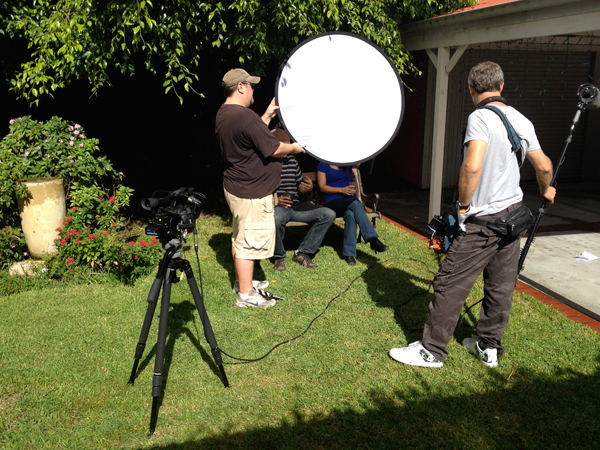 |
|
When Final Cut Pro 7 was released, they already had a large quantity of footage and several different versions underway. They decided to stay with FCP 6, as it could do everything they needed and was stable and solid. Ben upgraded his other machines to FCP7 but kept ‘McLean’s Money’ going on a dedicated Mac Pro running FCP6. Sequence Evolution “We might come to a stage where a couple of scenes were working well in the edit but the area in between remained undefined. We could take cues from the existing work to plan the next shoot. We also had time to think about how we could make those scenes work. Conversely, the outcomes of some of the scenes shot later have made earlier ones redundant.” Taking advantage of his DP’s knowledge of the footage and close relationship with the director has continued beyond the edit and into post. Grading is one of Ben Allan’s specialties. He has developed and continues to improve and augment a suite of colour grading tools for Final Cut Pro calledThe Grading Sweet, a series of windows, filters and gradients to place into the timeline. Consequently, the grade was always on his mind when setting up each shoot. |
 |
|
“Should I try to control the look now, or wait to manipulate it later? I was constantly evaluating the time we had available on set had the results I was likely to get in post. For example, while darkening down walls can be tricky on set, it can be done quite effectively in the grade. But getting the light to catch in someone’s eyes at a crucial moment can’t really be matched in post, so that’s where I’d invest my time,” he said. Sound and Light The sound was all recorded via the EX1’s internal recording and most of the track laying and dialogue editing was done in FCP. Then the 20-minute reels were taken into Sound Track Pro as .xml files for finishing of the sound design and mixing. Now that Sound Track is due to be discontinued Ben faces a decision, and will probably choose between Apple Logic Pro and Avid Pro Tools. “We mainly stuck with the Sony onboard monitors on set,” Ben said. “This both kept the weight and set-up time down and added to our flexibility, suiting the way we moved from location to location. Only on a couple of scenes did I get caught out and find later that the focus was compromised. But on every other occasion the onboard monitors worked for us. Actually, I preferred to devote the time and money we might have spent on monitoring, to on-set lighting.” |
| In the three before-after pairs below, the larger image shows Ben's colour grading work using his FCP grading plug-ins from The Grading Sweet. |
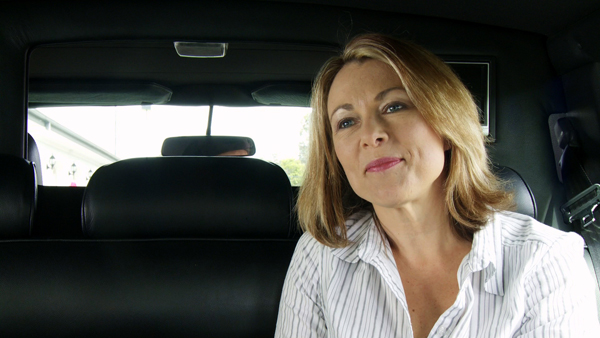 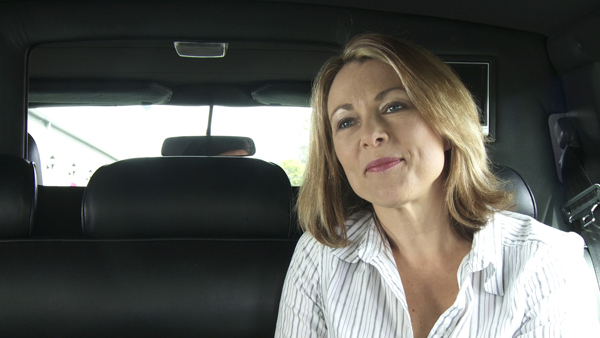 |
|
The story called for shooting in places familiar to most audiences such as offices, interiors of family houses, hospital rooms, where viewers know instinctively how the lighting should look and feel. “Situations like these give a production nowhere to hide,” Ben remarked. “We had to make those scenes look attractive, interesting and realistic, all at once. Battle scenes and sunsets may win awards, but effectively lighting a small, ordinary room where two people simply sit and talk poses its own dramatic challenges.” Embedded Grade “I might add a gradient to a sky or add some more shadows to a shot or a whole scene. The grades would stay with those shots, though we would still have access to the source material. If the cut changed in any way later, as soon as it was re-cut, the images could be re-graded and re-rendered in the timeline. “Because this project evolved so much from first assembly to the final version, it was very convenient to have the grade embedded in the edit. Gerald, the director, is a doctor normally and travels between several regional hospitals when he’s not working on his films. I would initially work through a cut and grade on my own, and convert the clips to small sized ordinary Windows Media files that any computer Gerald might have access to could handle. He carried the clips with him on his hospital rounds, checked out the edit and grade in his spare time. As he made suggestions for changes, he referred to clips and frames by number and timecode.” |
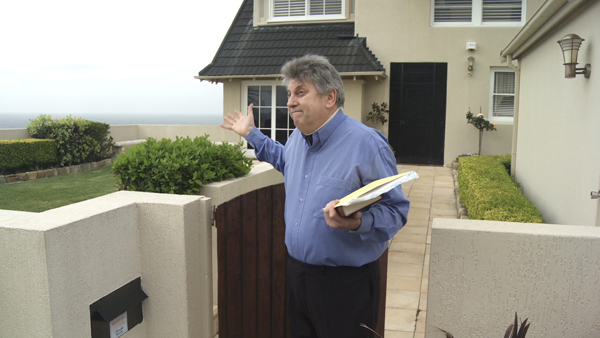 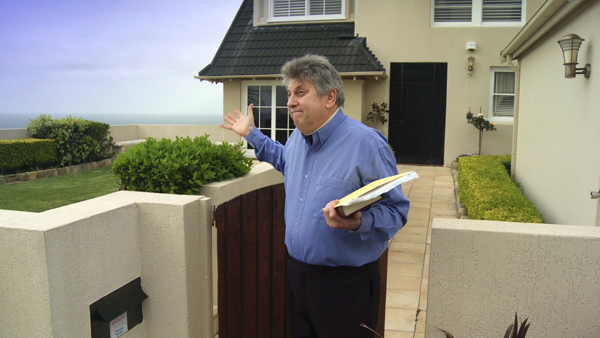 |
|
Editing the Future However, as a colourist, Ben is quite interested in the workflow between FCP X and Blackmagic Design’s DaVinci Resolve. While he loses the ability to keep the grade in the timeline that he has with the Grading Sweet, having the all the tools in version 9 of Resolve is very compelling for him. Ben also feels that Blackmagic Design have made some worthwhile decisions regarding their digital Cinema Camera. “Instead of aiming for the huge sensor and high resolution several other new cinema cameras offer, they have developed this very useful workflow centred on Resolve with a camera that can feed abundant colour depth into the software. In other words, having already worked out the recording system, workflow-to-edit and grading in their earlier products, all they needed was an image sensor to complete the scenario.” The DP in Post |
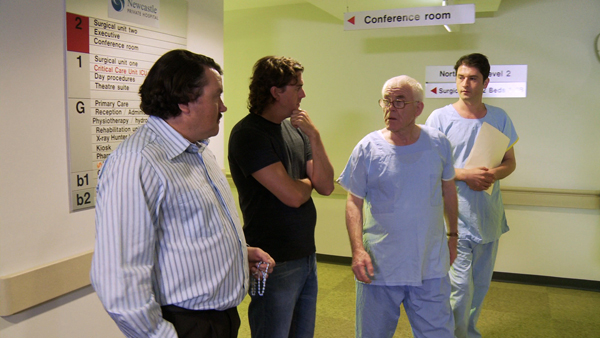 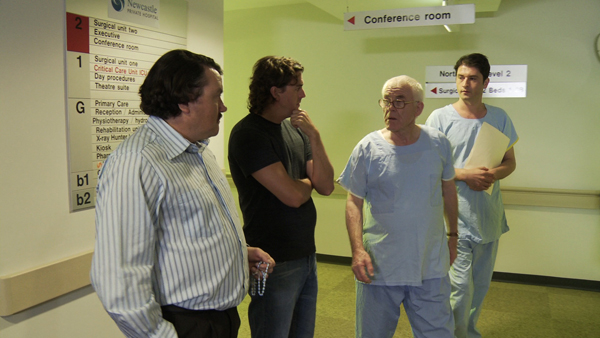 |
|
“Some debate is going on currently regarding the role of cinematographers in post production,” Ben said. “Do they need to be there for the grade, should they be paid for their time? Given that the studio will be paying the colourist, director, post supervisor – all to guide and monitor the grade – why add someone else? Many cinematographers would counter that they are the creators of that image and are they only ones who know how to get the most from it and make it work with the rest of the production. Economics may be the deciding factor guiding the argument. “On ‘McLean’s Money’ however, I had been the designated colourist from the start. My skills made that the best option. I had direct final control over the grade because on set, I could shoot with that knowledge. It makes the phrase, ‘I’ll fix it in post’ much more meaningful. For example, through my experience, I can estimate that something will take me 15 minutes to organise on set but three hours of trial and error in post.” Next-Gen Cinematographers |
| Director Gerald Lawson and lead actor Henri Szeps discuss a sequence on set. |
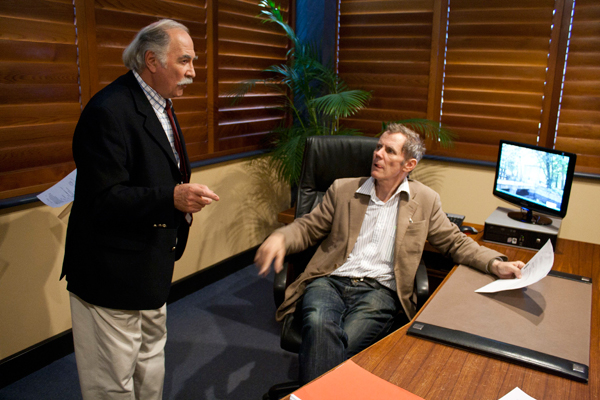 |
|
The DCP output for ‘McLean’s Money’ represented a substantial change from Gerald’s and Ben’s previous project ‘Blue Lies’ in 2008, for which all of the distribution had been either from PAL DVD or from E-Cinema, essentially a 1.3K MPEG file, or 720p HD. Most cinemas in Australia were set up to play this format. Interestingly, at the first cast and crew screening in December 2011, they hadn’t been able to produce a DCP and simply played it from a MacBook Pro as a HD file, straight into a digital projector with surprisingly good results. OpenDCP “Even setting aside the need to handle that many frames and perform the conversions, the process is not exactly simple and easy,” said Ben. “But it works well and the quality is excellent. On our 12-core Mac Pro the conversion process alone of the tif files to JPEG 2000 took about nine hours. So it isn’t quick but it compares favourably to 35mm film output, and it’s quite a bit cheaper.” BenAllan ACS works from The Film Bakery production company in Sydney, handling projects from features and broadcast to marketing and online. www.thefilmbakery.com Words: Adriene Hurst |


















